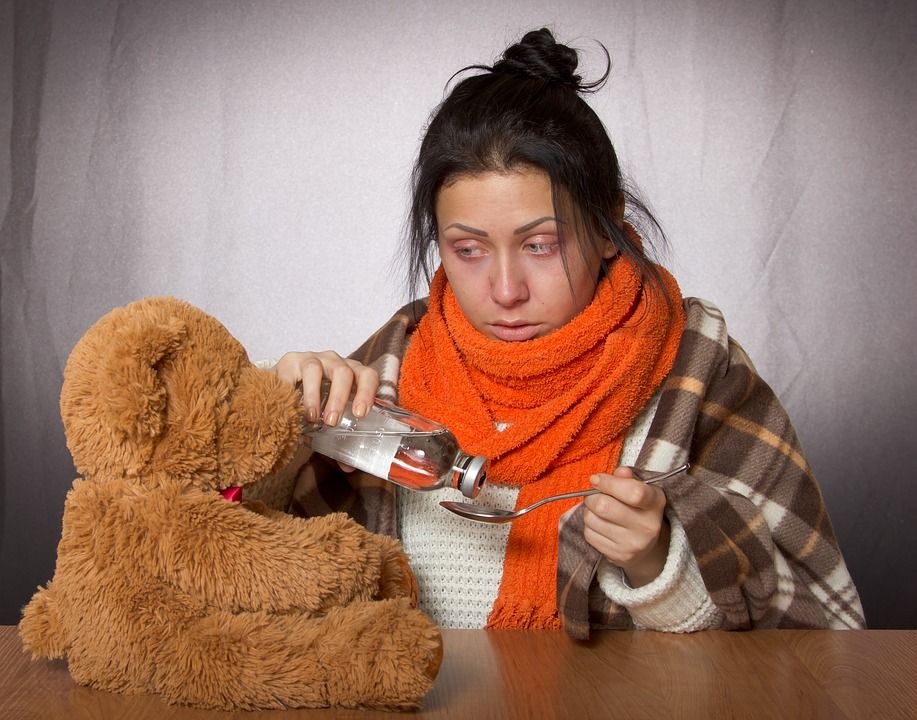People are staying home and safe if at all possible these days. Since most people are thinking about the coronavirus constantly, one of the questions that will likely come to mind is what you should do if a member of your family gets sick. Preparing in advance may just be the key.
The first thing that should be done when someone gets sick is to get medical advice from a qualified physician. Hospitalization is not necessary in many cases and the doctor could have a video chat with their patients. If the symptoms are extreme, you might have to go to the hospital. More than likely, however, you will be told to self-isolate and stay home for two weeks. That may make you wonder what self-isolation is like.
Under ideal circumstances, the family member who has symptoms will be in their own room with the bathroom that is attached and only one person that uses the area. If you live in a one-bedroom apartment, the sick person should be in the bedroom and other family members should be in the shared living space. If you have a shared bathroom, you will need to clean it frequently.
You should also have the right kind of supplies on hand in case illness becomes a problem. The following is a list of a COVID-19 emergency kit that is recommended by doctors.
1. PPE

You will need to have personalized protective equipment (PPE), such as a facemask and gloves. An N95 mask is not necessary, you can even use a scarf if that is all you have available. It might also be possible to make masks.
We understand the suggestion that the sick person should be confined to a single room and nobody else should come into that room. Realistically, however, you will have to bring the sick person food and medicine. One person should be assigned to that task and they should wear gloves and a mask when entering the room. The sick person should also wear gloves and a mask if they must leave the room.
2. Cleaning Supplies

Bleach, paper towels, and sanitizing wipes should be included in the cleaning supplies. If a shared bathroom is used by the sick person, paper towels should be used to dry their hands instead of a shared towel. Any surfaces in the bathroom that the sick person touches, including doorknobs, should be sanitized. Thoroughly cleaning the room where the sick person is staying is also important.
3. Medicine

You can typically use the same medicine used for treating the flu to treat COVID-19 symptoms.
4. Pulse Oximeter

This handy device can be purchased at a pharmacy or through Amazon. You clip it on your finger to measure your blood oxygen levels and heart rate. It can let you know when you should call the doctor or just provide you with peace of mind when dealing with COVID-19 symptoms.
5. Food

Choose the food that makes you feel better when you have the flu and keep it on hand. Chicken noodle soup may be a good choice. If you tend to lose your appetite when you don’t feel well, purchasing some foods high in calories is a good idea, such as peanut butter or avocados.
6. Beverages

It is vitally important to stay hydrated when you are sick. Water is great, but if you choose something with electrolytes it may also help. Gatorade is a good choice. Be aware that some of those beverages have a lot of sugar so dilute them with 50% water. It is not recommended that you use sugar-free beverages since they can irritate gastrointestinal problems.
Keep all of the above items on hand and hope that you never have to use them in a COVID-19 situation.













